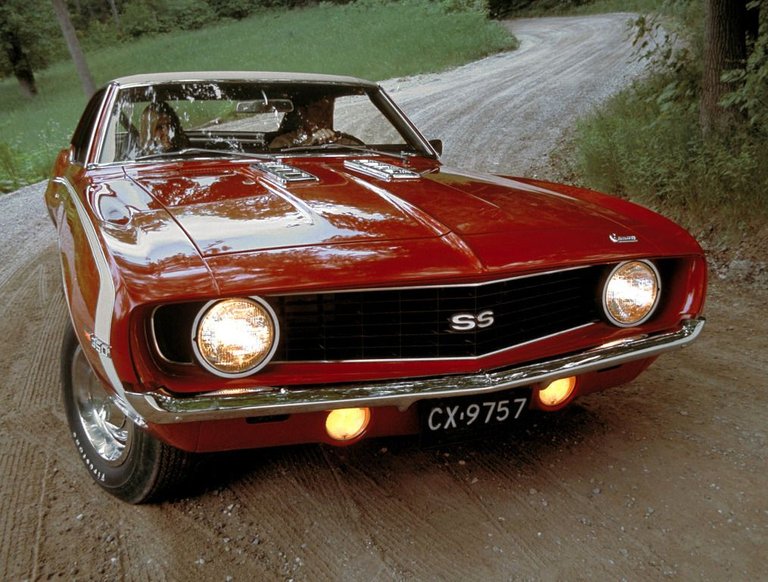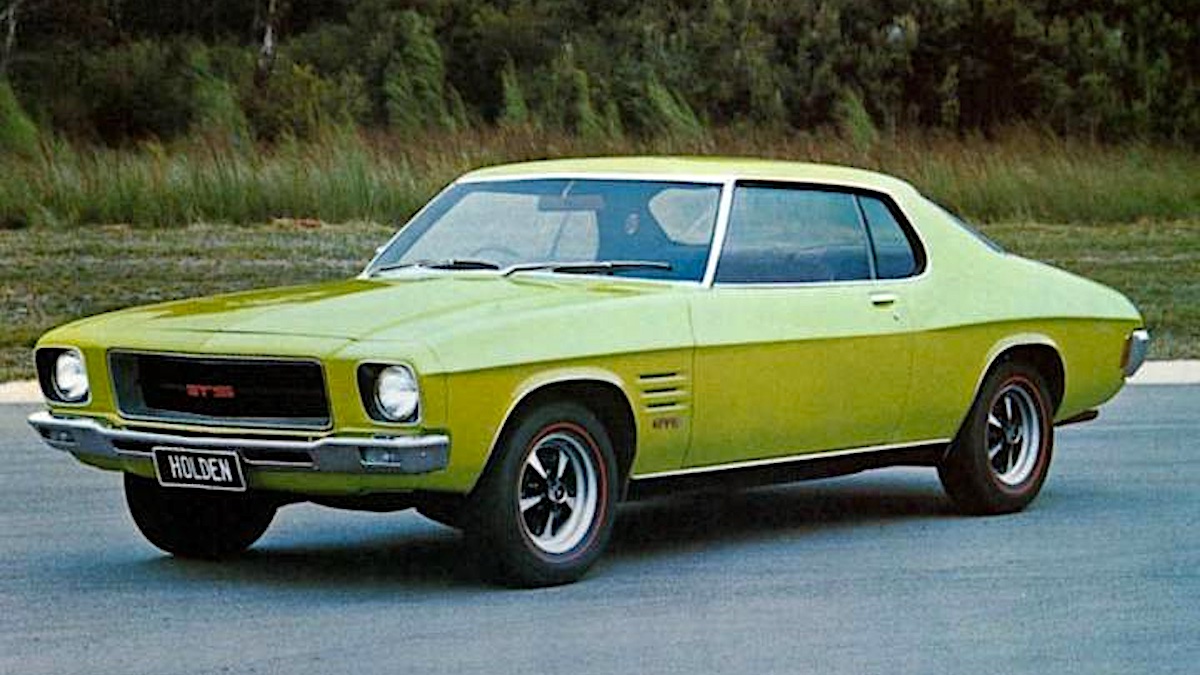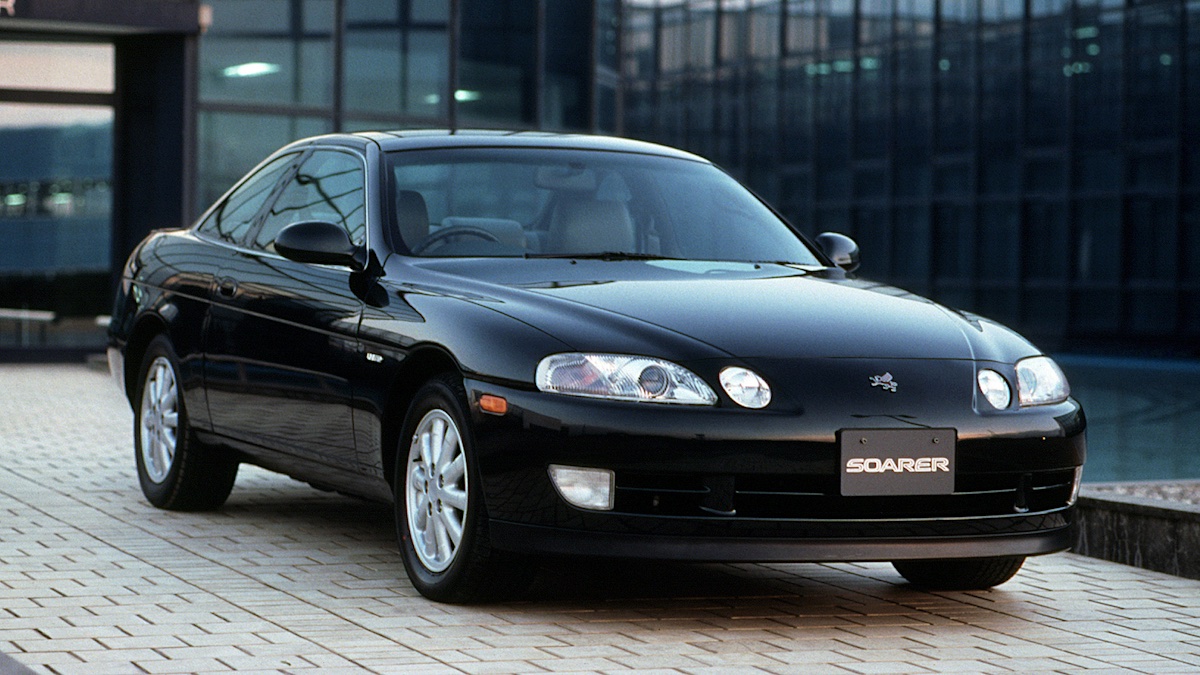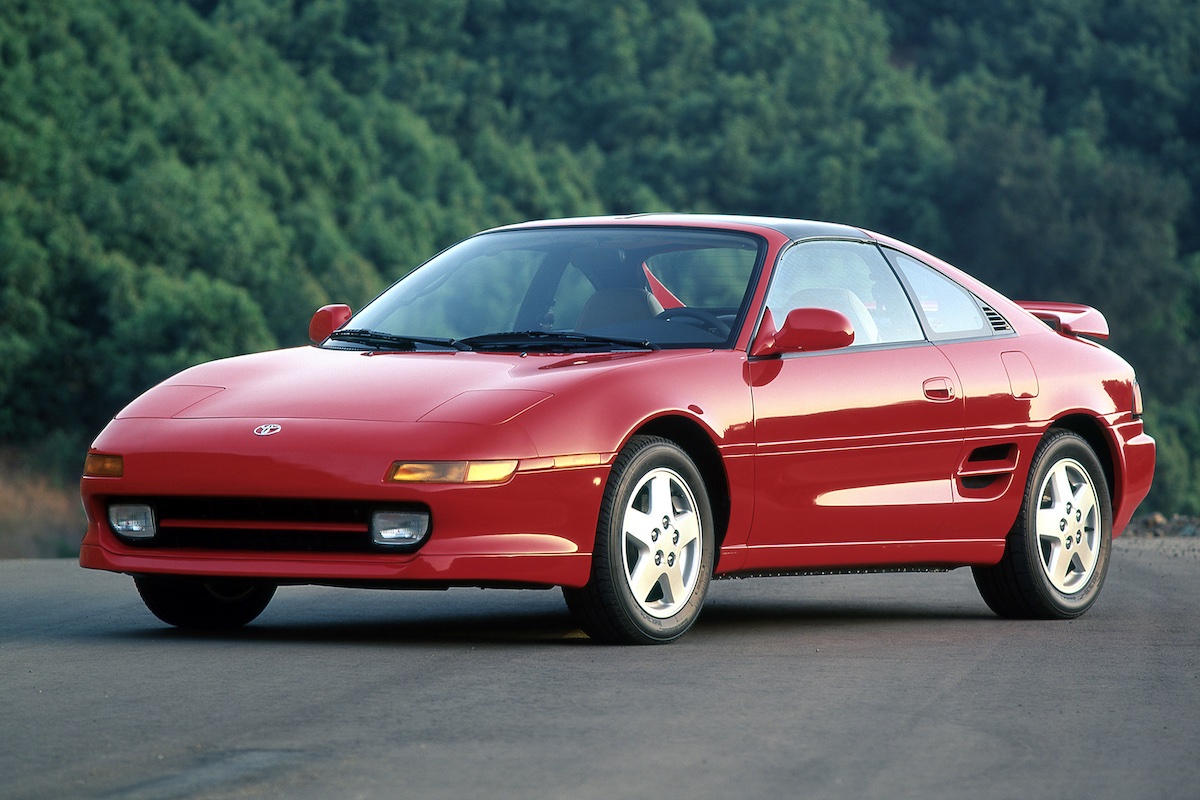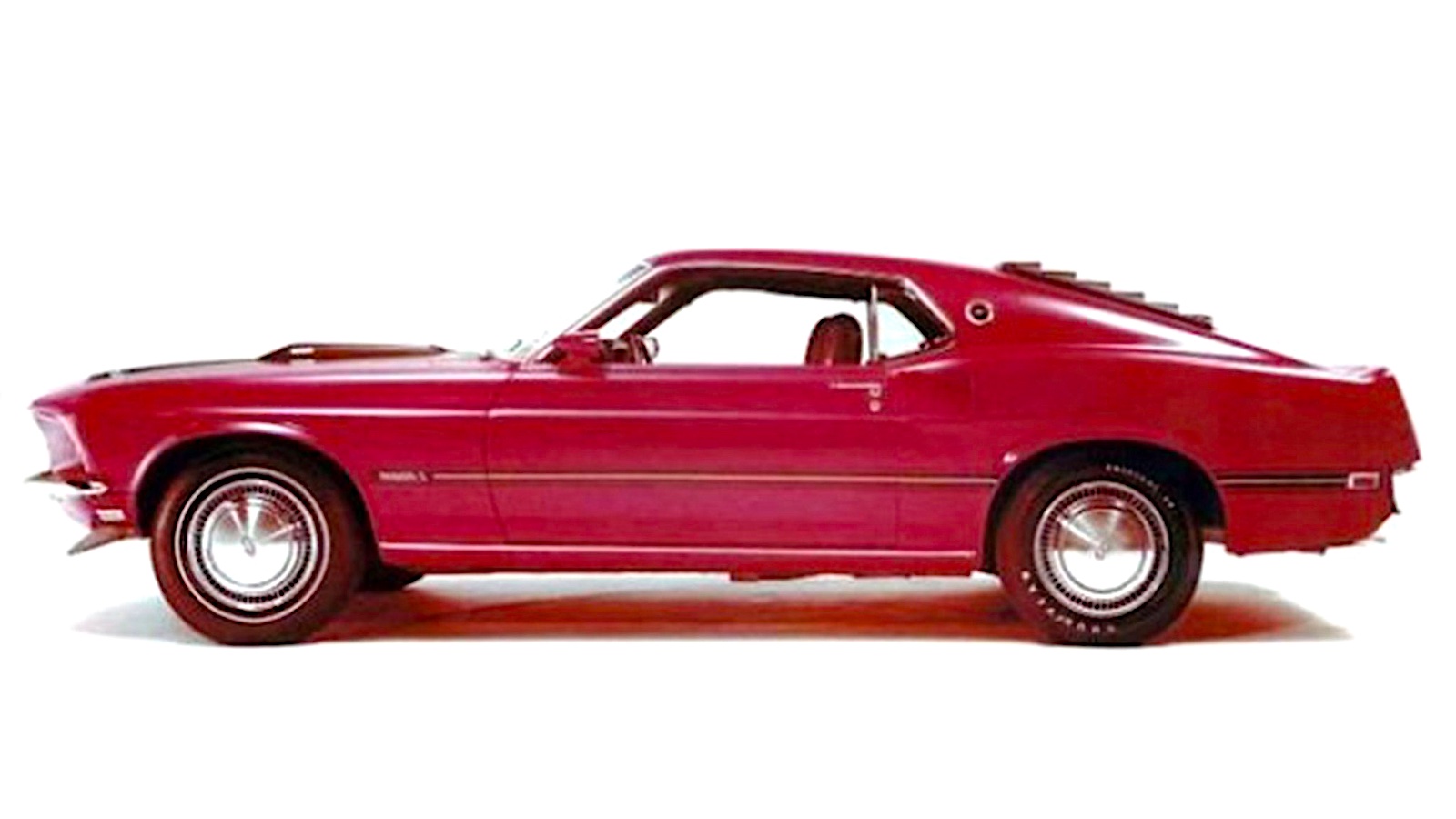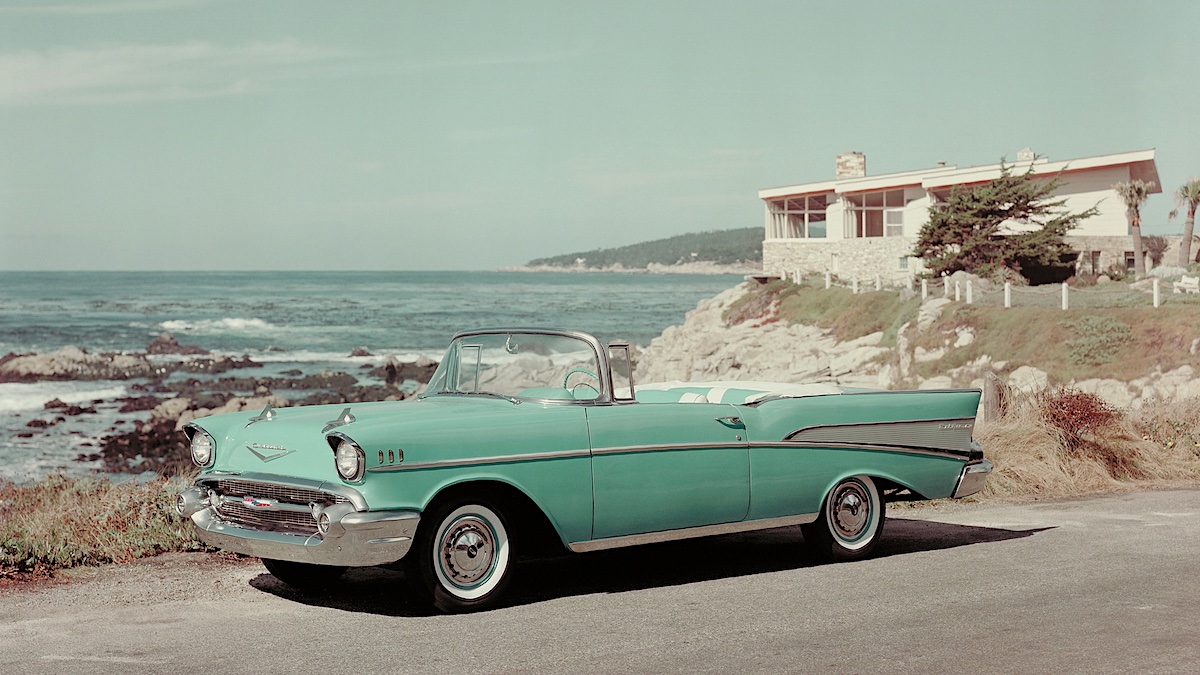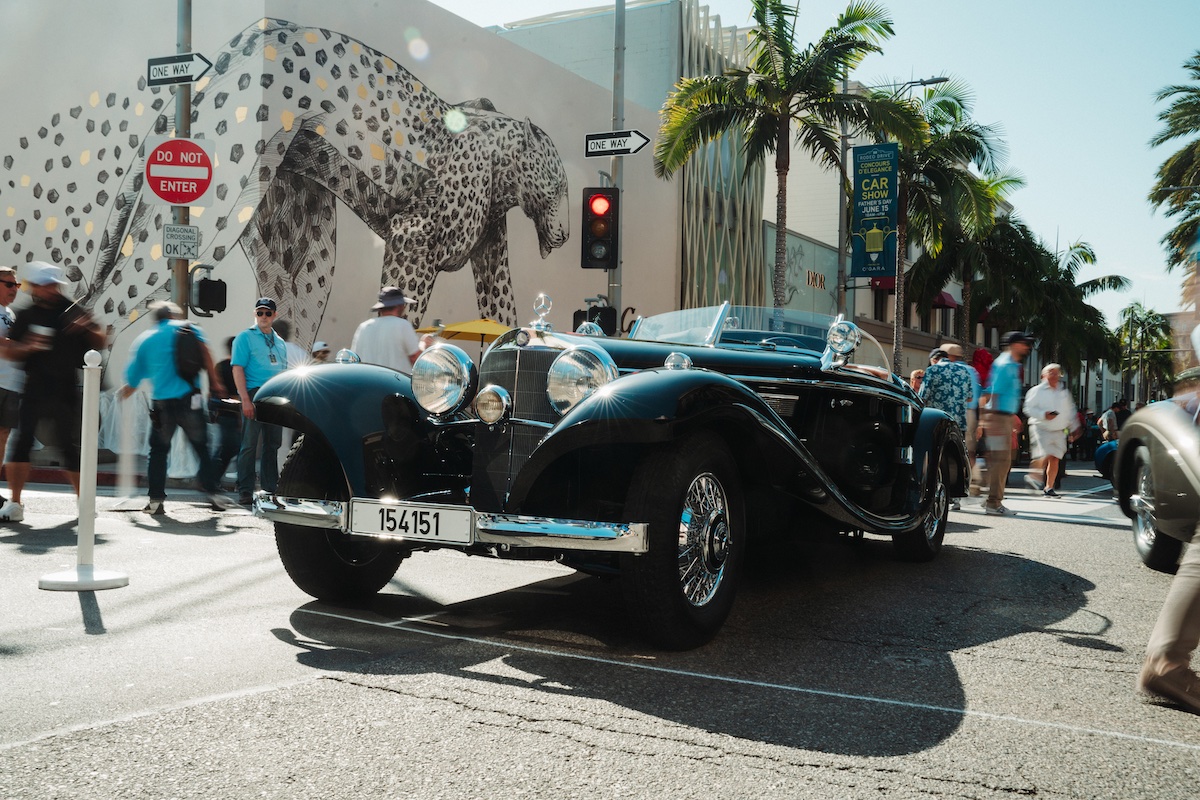February 1964 arrived just like any other month; except this time the entire US motor industry was forced to watch in silence as Ford’s Mustang dismantled their economic expectations.
As America’s most prolific car brand, Chevrolet didn’t like being caught flat footed and immediately set about developing a Mustang rival.
Despite giving Ford almost three years’ start, Chevrolet’s contender in the ‘Pony Car’ segment didn’t offer any huge advances over the Mustang, so the buying decision in many instances came down to price.
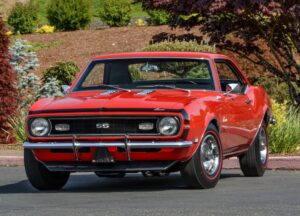
Image: Wheelsage.org
Like Mustang, Chevrolet’s basic Camaro was a six-cylinder, three-speed manual which cost $2466. Few were sold though, when a coupe with the 327 V8 and automatic transmission was only $384 extra ($2850) and a Mustang with the 289 V8 automatic transmission cost just $2817.
One area where the first-generation Camaro differed significantly from its Ford rival was its rear suspension design. Where Ford opted for multi-leaf springs, Chevrolet put its faith in the single-leaf spring design it had used successfully on the best-selling Chevy II/Nova. This setup featured a variable rate spring that went from very stiff and thick at the axle, to soft and thin near the spring eye. However, by the time the 1968 Camaro replaced the short-lived ’67 model Chevy was forced to address reported issues of axle wrap, adding a radius rod and redesigned staggered-mount shock absorbers on base models, along with multi-leaf springs on high performance models.

Camaros imported to Australia as new were usually top-spec RS or RS/SS models with V8 engines and usually came loaded with extras like power windows, cloth-faced Strato-Back seats, disc front brakes, and an electric hood on convertibles.
The 327 engine was commonly seen here in big Chevrolet Impalas and the Canadian-sourced Pontiac Parisienne, so performance was a feature of the lighter Camaro and only matched when Holden fitted the same motor to its GTS 327 Monaro.
Brake performance was never a priority for US car makers and although some Camaros sold here had optional disc front brakes, it took years before they became standard on any version except the rare Z28.
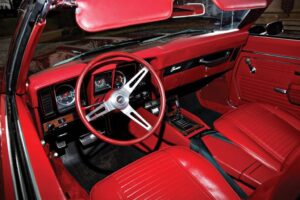
A 1969 model year restyle brought sculpted ‘style lines’ to the Camaro’s flanks, giving it a longer and lower appearance. A new grille and taillights accompanied the change, as did access to Chevrolet’s new 350 cubic inch (5.7-litre) V8.
Among the small-block models, an SS will typically cost 25 percent more than a base model but less than the scarce RS/SS. The RS/SS with its desirable concealed headlights can reach $75,000, while cars fitted with the 396 cubic inch V8 can exceed $100,000. Convertibles with 327 engines and in good condition can be found for around $80,000.
Should I buy a Used Chevrolet Camaro (1967-70)?
The best Camaro you can buy is quite likely the one you can least afford. Rare versions hold their values and will deliver sustained growth far better than mainstream models. Cars that deliver the best performance in the market may also not always have the biggest engines, especially when they are the scarce Z/28. Approximately 700,000 Camaros were built from 1967-69, but during 1967 there were only 602 of the 302 cubic inch Z/28 made. Survivors from the general Camaro population remain common but the best cars rarely appear in the open market. Those with documented history and evidence of minimal restoration will be the ones to buy.
Things To Watch Out for When Buying a Used Chevrolet Camaro (1967-70)
-
Recurring body rust, even in cars that have been restored.
-
Automatic headlight covers on RS models that are slow to move or don’t at all.
-
Clogged radiators and water passages inside the engine leading to overheating.
-
Avoid cars – if any survive – with their original ‘mono leaf’ rear suspension
-
Drum brakes aren’t up to V8 performance so look for a car with front discs.
-
Flimsy seat frames are prone to cracks and twisting.
-
If a convertible, check the top for fading and splitting.
Valuation Timeline Chevrolet Camaro (1967-70)
🛠️ Timeline
Investment Rating
6 / 10

